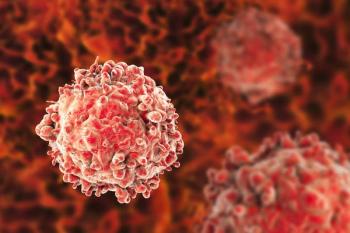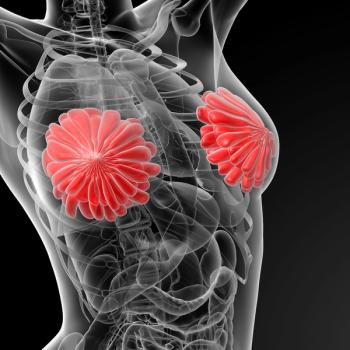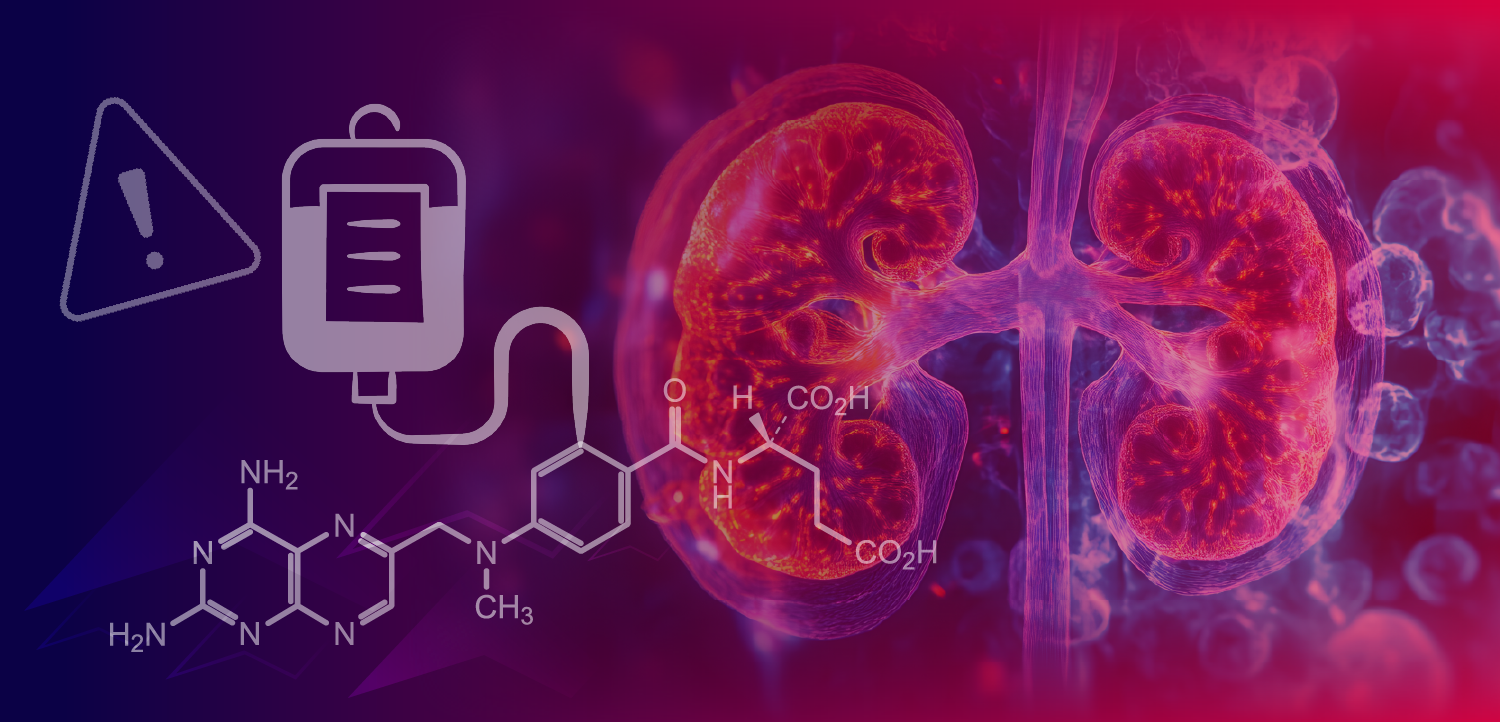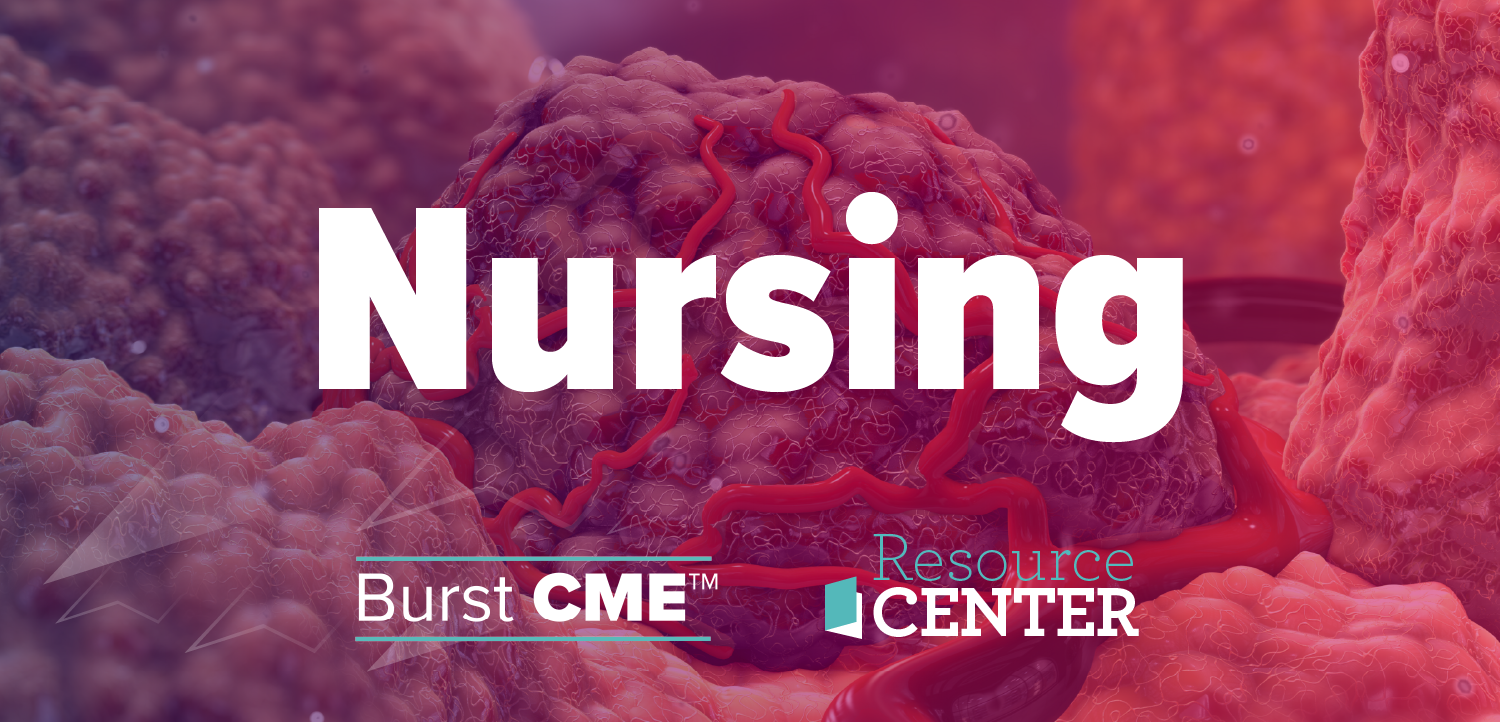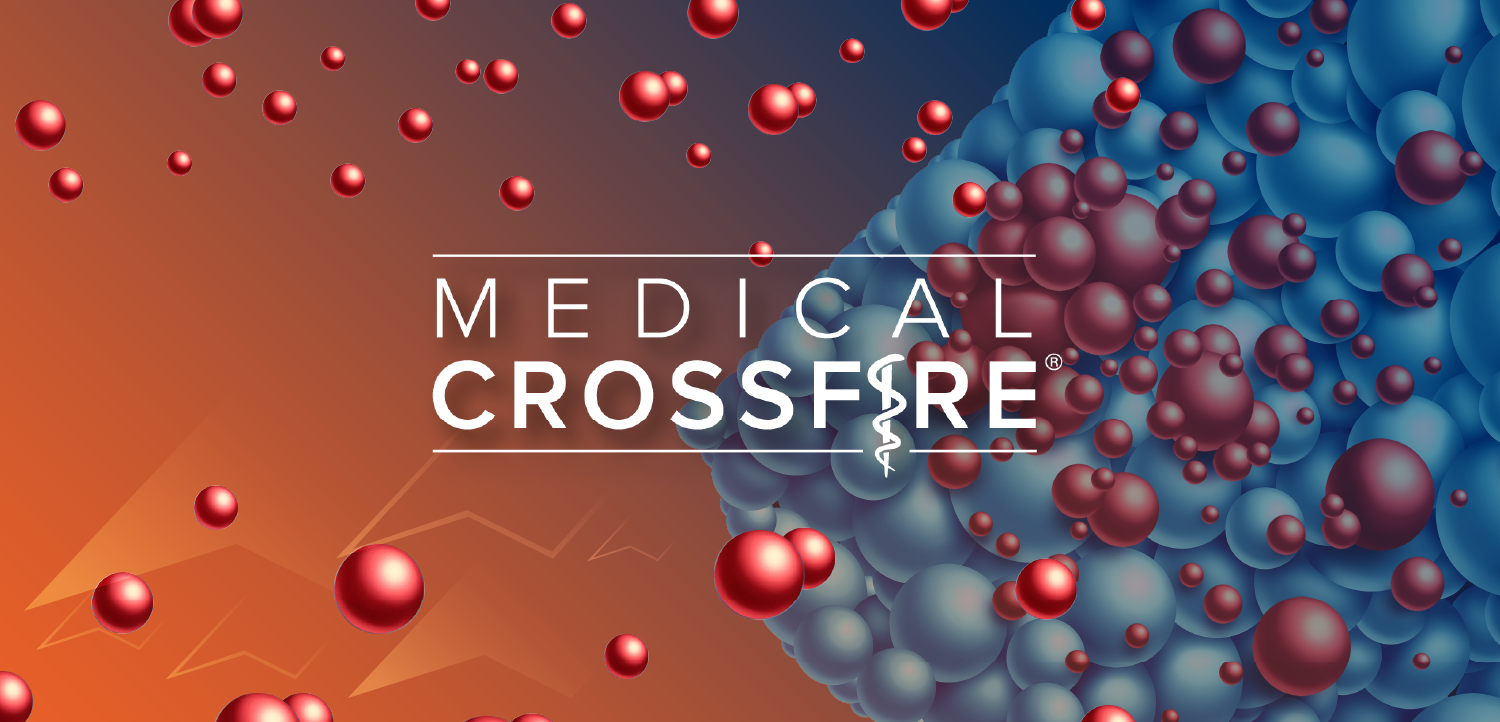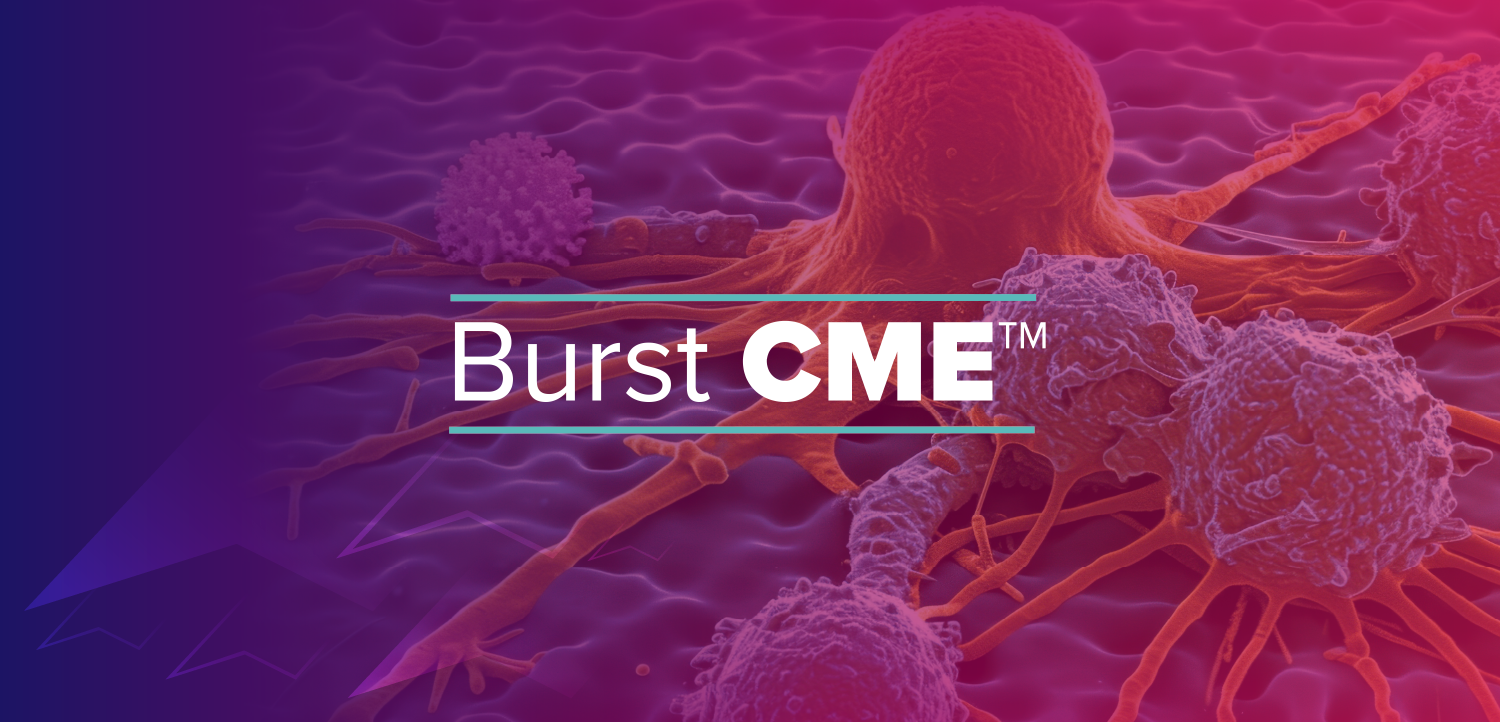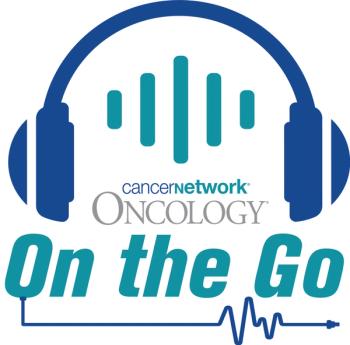
Nurulimab/Prolgolimab Yield Superior Efficacy in Advanced Melanoma
The combination of nurulimab plus prolgolimab enhanced PFS, ORR, and DCR compared with prolgolimab monotherapy in unresectable or metastatic melanoma.
Superior efficacy was noted with nurulimab plus prolgolimab vs prolgolimab alone as first-line treatment for patients with unresectable or metastatic melanoma, according to results from the phase 3 OCTAVA trial (NCT05732805) presented at the
The median progression-free survival in the nurulimab plus prolgolimab group via RECIST v1.1 was 6.6 months (95% CI, 3.9-11.5), and the immune-related RECIST (iRECSIT) median PFS was 15.4 months (95% CI, 8.4-not available) compared with the prolgolimab monotherapy arm of 2.8 months (95% CI, 1.6-4.6) vs 7.4 months (95% CI, 4.2-14.8). The median follow-up was 15.7 months (95% CI, 12.4-17.2) in the RECIST v1.1 combination group vs 15.3 months (95% CI, 12.4-17.1) for the iRECIST group compared with the prolgolimab monotherapy group of 17.1 months (95% CI, 12.9-18.9) vs 15.8 months (95% CI, 14.9-18.9). Additionally, the 12-month PFS rate in the combination group was 40.1% vs 55.6%, and in the monotherapy group, it was 32.1% vs 45.9% for RECIST v1.1 and iRECIST.
In the nurulimab plus prolgolimab group for RECIST v1.1, the complete response (CR) rate was 15.6%, the partial response (PR) rate was 31.1%, the stable disease (SD) rate was 23.0%, the progressive disease (PD) rate was 29.6%, and 0.7% were not evaluable (NE). For the combination based on iRECIST, the CR rate was 15.6%, the PR rate was 40.0%, the SD rate was 23.7%, the unconfirmed progression rate was 5.2%, the PD rate was 14.8%, and 0.7% were NE.
In the monotherapy arm for RECIST v1.1, the CR rate was 8.1%, the PR rate was 27.2%, the SD rate was 16.2%, the PD rate was 40.4%, and 8.1% were NE. For iRECIST, the CR rate was 9.6%, the PR rate was 34.6%, the SD rate was 17.6%, the unconfirmed progression rate was 8.8%, the rate PD was 21.3%, and 8.1% were NE.
The objective response rate (ORR) in the in the nurulimab plus prolgolimab group for RECIST v1.1 was 46.7% (95% CI, 38.0%-55.4%) with a disease control rate (DCR) of 69.6% (95% CI, 61.1%-77.2%), while in the monotherapy group, the ORR was 35.3% (95% CI, 27.3%-43.9%) and the DCR was 51.5% (95% CI, 42.8%-60.1%).
For iRECIST, the ORR was 55.6% (95% CI, 46.8%-64.1%) in the combination group with a DCR of 79.3% (95% CI, 71.4%-85.8%) vs 44.1% (95% CI, 35.6%-52.9%) in the monotherapy group for ORR and a DCR of 61.8% (95% CI, 53.0%-70.0%).
Regarding the anti-tumor response, the median change in tumor size was –26.5% for the combination group vs –10.6% in the monotherapy group. It was noted that responses are expected to deepen over time.
“The fixed-dose combination of nurulimab plus prolgolimab demonstrated superior efficacy over prolgolimab monotherapy in terms of PFS, ORR, and DCR, supporting the benefit of low-dose anti-CTLA-4 addition to anti-PD-1 therapy in the first-line treatment of patients with unresectable or metastatic melanoma,” the authors wrote in the poster.
Overall, 271 patients were randomly assigned 1:1 to either the combination group (n = 135) or the monotherapy group (n = 136). In the combination arm, patients were given treatment at 0.2 mL/kg every 3 weeks for the first 4 blinded induction doses compared with the monotherapy arm, where they were given treatment at 3 mg/kg every 3 weeks. After induction therapy, maintenance plus prolgolimab was given at 1 mg/kg every 2 weeks for up to 2 years. If disease control was achieved, prolgolimab monotherapy may be continued at follow-up.
The primary end point was PFS assessed by RECIST and iRECIST. Secondary end points included overall survival, ORR, DCR, time to response, and duration of response.
The median age was 63.5 years in the combination group and 62.4 years in the monotherapy group. A majority of patients were female (51.9% vs 61.0%), had stage M1c at diagnosis (43.0% vs 42.6%), and an ECOG performance status of 0 (53.3% vs 52.9%). Additionally, a tumor proportion score of less than 5% (67.4% vs 66.9%), patients with distant metastases (85.9% vs 88.2%), organs with distant metastases (1.9 vs 1.8), and wild type mutation (56.3% vs 52.2%) were all assessed.
In the combination arm, the most common treatment-related adverse effects included hypothyroidism (15.6%), hyperthyroidism (11.9%), alanine aminotransferase increase (11.1%), aspartate aminotransferase increase (10.4%), and asthenia (10.4%). In the monotherapy group, TRAEs included hypothyroidism (10.3%), lymphopenia (9.6%), alanine aminotransferase increase (8.1%), aspartate aminotransferase increase (8.1%), and neutropenia (7.4%).
Overall, 9.6% of patients in the combination arm and 4.4% in the monotherapy arm discontinued treatment due to AEs (P = .93), 13.3% vs 5.9% had grade 3 or higher immune-related AEs (P = .37), and 17.8% vs 19.9% had serious AEs (P = .66).
Reference
Demidov L, Samoylenko I, Kharkevich G, et al. Proved clinical benefit of low-dose anti-CTLA4 + anti-PD-1 immunotherapy versus mono anti-PD-1 therapy in patients unresectable or metastatic melanoma: Phase III OCTAVA trial. Presented at the 2025 American Association for Clinical Research Annual Meeting. April 25-30, 2025; Chicago, IL. Poster 653.
Newsletter
Stay up to date on recent advances in the multidisciplinary approach to cancer.


